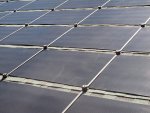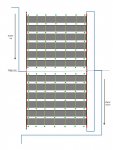I was asked to post some photos of the solar controller, so here goes.
The electrical box, sensor, switch/outlet and rain cover I bought at Home Depot. The relay I bought online at Digikey. I wanted a good relay, I picked well as this one has been in service over 10 years and still going strong. To "calibrate" the light sensor I had to cover a good deal of the sensor's light sensor's surface area. I used cut up pieces of an adhesive metal label, it's held up well over the years out in the elements. The switch allows me to shut off the power to the pump when the pool temperature gets too hot. The inside shot shows the relay and switch wiring.
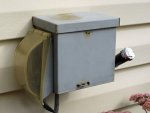
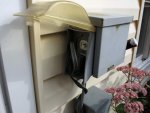
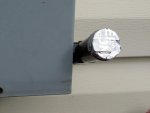
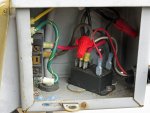
The electrical box, sensor, switch/outlet and rain cover I bought at Home Depot. The relay I bought online at Digikey. I wanted a good relay, I picked well as this one has been in service over 10 years and still going strong. To "calibrate" the light sensor I had to cover a good deal of the sensor's light sensor's surface area. I used cut up pieces of an adhesive metal label, it's held up well over the years out in the elements. The switch allows me to shut off the power to the pump when the pool temperature gets too hot. The inside shot shows the relay and switch wiring.






